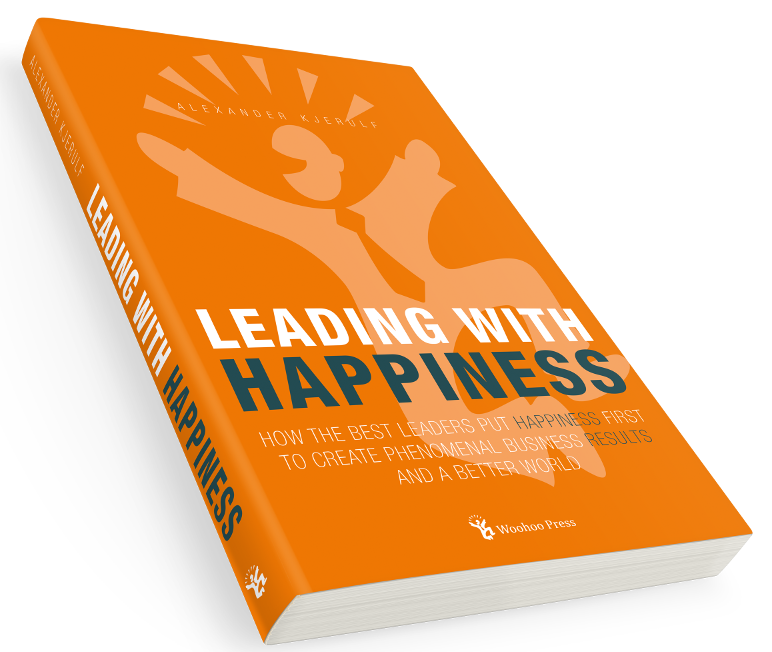Rick Garlikov tried something new teaching a third grade math class:
The experiment was to see whether I could teach these students binary arithmetic (arithmetic using only two numbers, 0 and 1) only by asking them questions. None of them had been introduced to binary arithmetic before.
…
17) How come we have ten numerals? Could it be because we have 10 fingers?
COULD BE18) What if we were aliens with only two fingers? How many numerals might we have?
219) How many numbers could we write out of 2 numerals?
NOT MANY /
[one kid:] THERE WOULD BE A PROBLEM20) What problem?
THEY COULDN’T DO THIS [he holds up seven fingers]21) [This strikes me as a very quick, intelligent insight I did not expect so suddenly.] But how can you do fifty five?
[he flashes five fingers for an instant and then flashes them again]
The result:
Their teacher told me later that after I left the children talked about it until it was time to go home.
…
The chief benefits of this method are that it excites students’ curiosity and arouses their thinking, rather than stifling it. It also makes teaching more interesting, because most of the time, you learn more from the students — or by what they make you think of — than what you knew going into the class. Each group of students is just enough different, that it makes it stimulating. It is a very efficient teaching method, because the first time through tends to cover the topic very thoroughly, in terms of their understanding it. It is more efficient for their learning then lecturing to them is, though, of course, a teacher can lecture in less time.
Here’s a though: Rather than asking why many kids don’t like (or actively hate) school, we could ask how we might create schools that are so much fun, that we couldn’t possibly keep the kids out, no matter how hard we tried. And this is certainly one way!



Leave a Reply